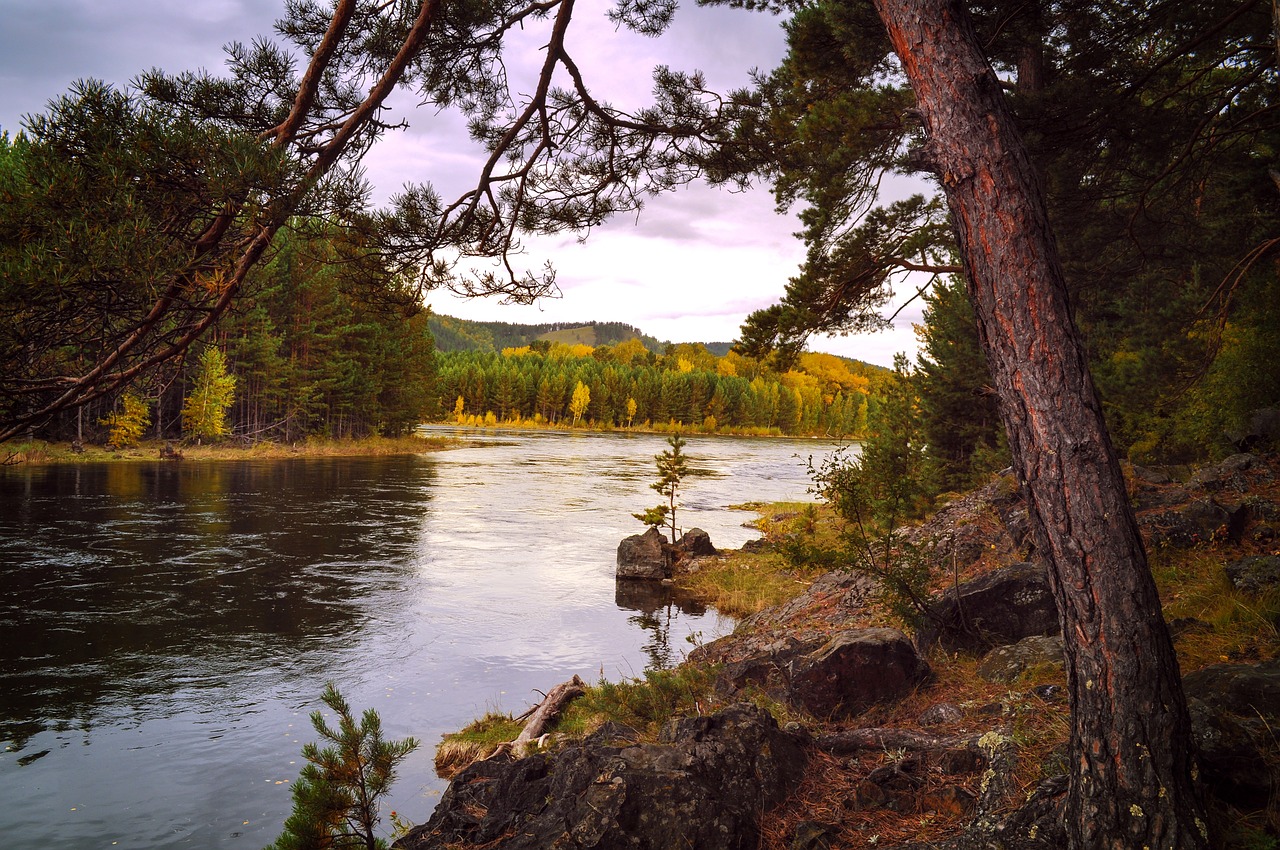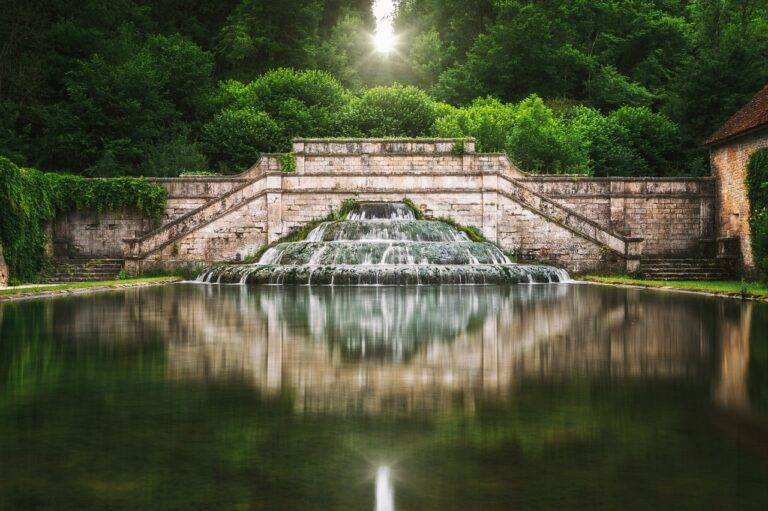Exploring Historic Castles and Fortresses
Castles have long been symbols of power and prestige, built by rulers and nobility to assert their dominance over a region. The history of castles dates back to ancient times, with some of the earliest known fortifications constructed by the Egyptians and Mesopotamians. As warfare evolved over the centuries, so too did the design and function of castles, with innovations such as moats, drawbridges, and thicker walls being incorporated to enhance their defensive capabilities.
In medieval Europe, castles played a crucial role in the feudal system, serving as both military strongholds and administrative centers. They were often the focal point of a lord’s territory, providing protection for the local population during times of conflict. As technology advanced, the construction of castles became more sophisticated, with taller towers and more intricate battlements being added to withstand sieges and attacks. Despite their formidable defenses, many castles eventually fell out of favor as gunpowder weapons made traditional fortifications obsolete.
The Evolution of Fortresses
From simple wooden structures to grand stone fortifications, the evolution of fortresses showcases the advancement of military architecture through the ages. Initially built for protection against enemies, these strongholds have transformed over time to not only serve defensive purposes but also as symbols of power and prestige. The earliest fortresses were constructed as simple earthworks, gradually evolving into more complex structures with walls, towers, and moats.
As civilizations grew and warfare tactics changed, fortresses had to adapt to new challenges. The development of siege warfare led to the construction of imposing citadels fortified with thick walls and intricate defense systems. The medieval period saw the rise of mighty castles with imposing keeps, drawbridges, and machicolations, designed to withstand prolonged sieges and attacks. The evolution of fortresses reflected the constant arms race between attackers and defenders, resulting in innovative architectural designs and defensive strategies.
Notable Castles Around the World
In Europe, Neuschwanstein Castle in Germany stands as a striking example of a fairy-tale fortress. Built in the 19th century on a rugged hill in Bavaria, this stunning castle inspired the design of Disney’s iconic Sleeping Beauty Castle. The intricate interior of Neuschwanstein boasts ornate rooms decorated with vivid murals, showcasing the romantic style of King Ludwig II.
Moving to Asia, the ancient Himeji Castle in Japan offers a glimpse into the country’s feudal past. Known as the White Heron Castle for its elegant white exterior, Himeji Castle is renowned for its defensive structures like maze-like paths and carefully placed openings for archers. Designated as a UNESCO World Heritage Site, this magnificent castle is a testament to Japan’s rich architectural heritage.





